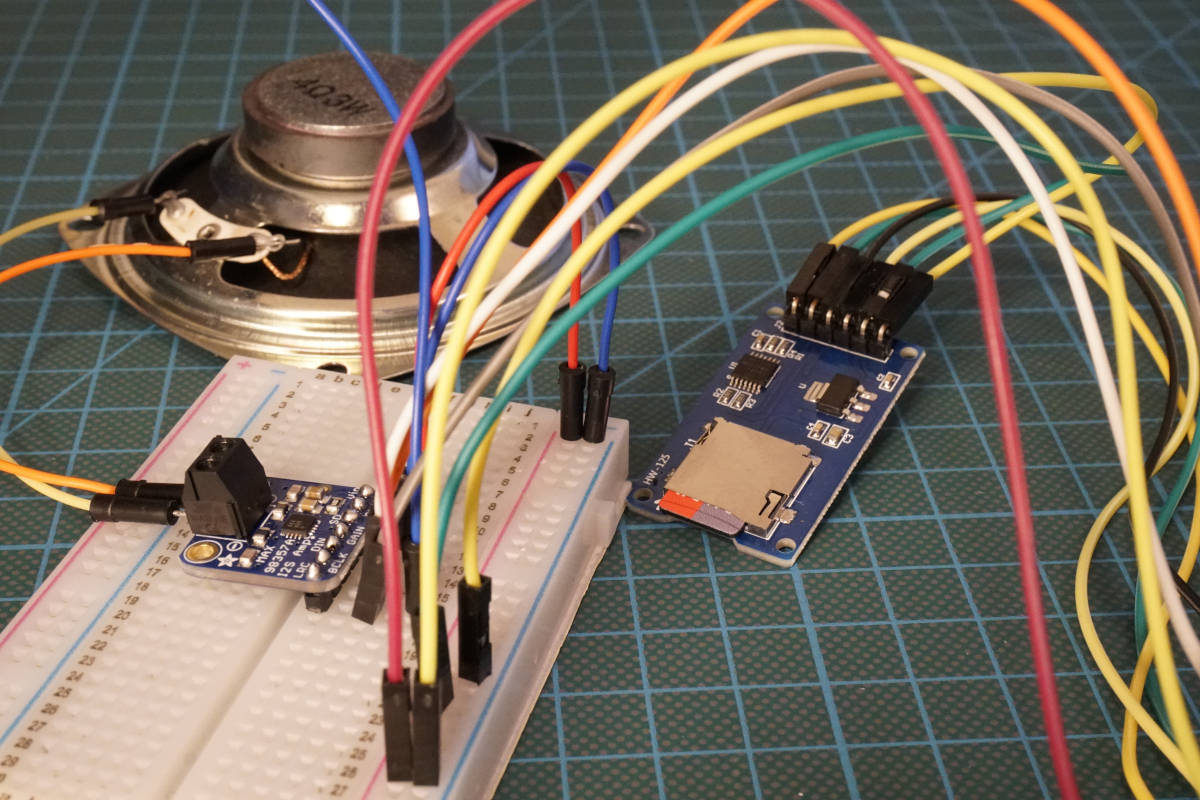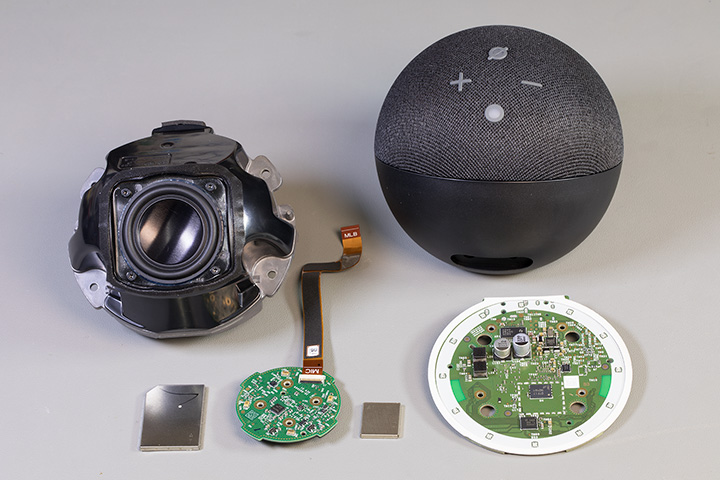

- #HOW TO USE THEINTERNAL MICROPHONE FOR IMAC HOW TO#
- #HOW TO USE THEINTERNAL MICROPHONE FOR IMAC FOR MAC#
- #HOW TO USE THEINTERNAL MICROPHONE FOR IMAC PC#
As a result, you’ll lose one audio channel and get reduced audio output because the TS plug doesn’t support stereo sound the way a TRS plug does.


However, doing so can affect sound quality and can potentially damage your device. Most of us may think that all audio jacks are the same and that you can simply use any audio plug with any jack. Understanding the functions and differences between TS, TRS, and TRRS plugs is a step towards understanding how well they work with other socket types. This type of plug is commonly used on smartphones, camcorders, tablets, and other similar smart devices with a built-in jack designed to support both stereo audio and microphone simultaneously.įor a more in-depth look into the different kinds of plug configurations and how they work, check out this article: Headphone Jack and Plugs: Everything You Need to Know. This type of plug has four contacts that transmit the signals for stereo audio, microphone, and video. Close look at TRRS cable plug (From: Pixabay).Ī TRRS plug has one tip (T), two rings (RR), and a sleeve (S) and is identifiable by its three black bands. This is why it’s common for headphones that use this type of plug to come outfitted with two, sometimes colored pink and green, to distinguish between audio and microphone input. The TRS-type plug can only be used for either microphone input or stereo audio input, and not both. TRS plugs come in different sizes ranging from 6.35mm to 2.5mm, the most familiar being the 3.5mm plug, which is commonly used for headphones. The tip transmits the left audio output, while the ring transmits the right audio output.
TRS plugs have three contacts designed to transmit stereo or balanced signals. Close look at TRS cable plug (From: Pixabay).Ī TRS plug consists of one tip (T), a ring (R), and a sleeve (S), and is easily identifiable by the two black bands around it. To learn more about balanced and unbalanced signals, you can check out our detailed write-up about it here. TS plugs are commonly used for hooking up a guitar to an amp or audio interface. Because it only has two contact points, it’s primarily used for unbalanced mono signals or signals that originate from one audio channel. Close look at TS cable plug (From: Pixabay).Ī TS plug has one tip (T), one sleeve (S), and no rings. The ‘T’ stands for ‘tip,’ the ‘S’ for ‘sleeve,’ and the ‘R’ for ‘ring.’Įach contact point transmits a specific audio signal, while the sleeve acts as the return path and the ground. They’re at the end of every single pair of headphones or earphones you’ve ever owned, and on the wires that you plug into your phone, speakers, laptops when you want to listen to something. These letters refer to the different connector types or plugs that transmit audio signals between devices.
#HOW TO USE THEINTERNAL MICROPHONE FOR IMAC HOW TO#
#HOW TO USE THEINTERNAL MICROPHONE FOR IMAC FOR MAC#
#HOW TO USE THEINTERNAL MICROPHONE FOR IMAC PC#
How to Use Your Headphones as Mic for PC.How to Use a Headset Mic on PC With Only One Jack.Personally, I wouldn't use anything "built-in" and instead opt for a mixer that allowed me to fine tune the gain on individual microphones. You can use a mic with with a phono plug to a 2.5mm plug with the right RCA adapter which are very inexpensive. This is like a USB sound card for your laptop with both input and output. You can then aggregate both into a single input. Any decent quality USB microphone will do. If you want to aggregate two mics, here are some solutions: There's a physical switch inside the port itself that disconnects the internal mic so, if you choose to use that port, the internal mic will get disabled. The problem lies with the headphone jack. Though, for decent recording I don't recommend either as they are (barely) designed for the most basic recording tasks. You will need to use an external device one way or another if you want to either the internal mic or your headphone mic.


 0 kommentar(er)
0 kommentar(er)
